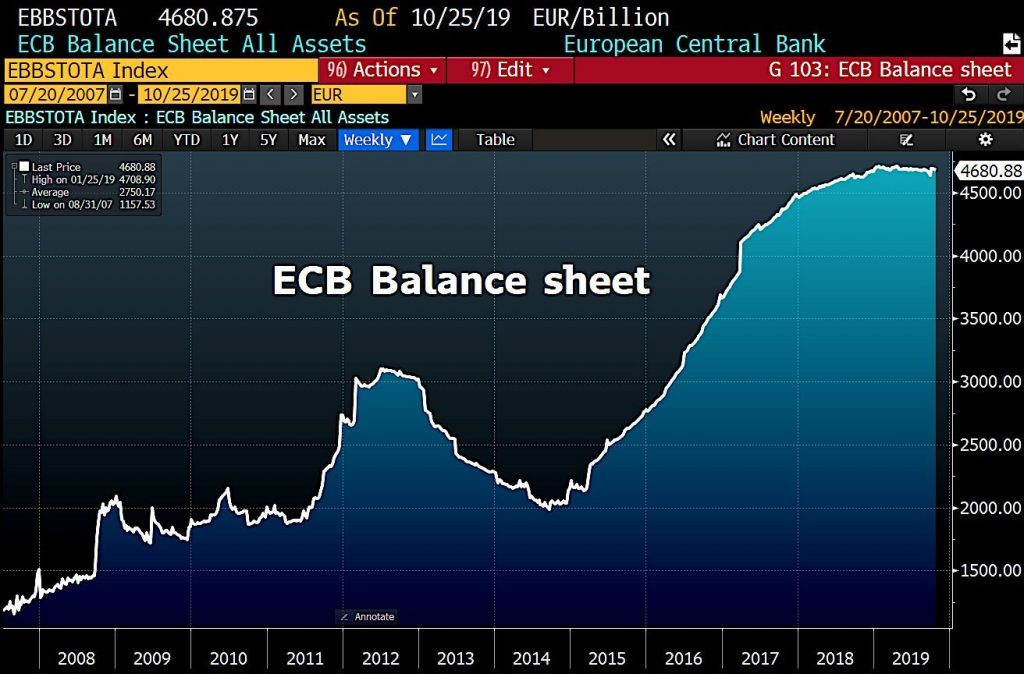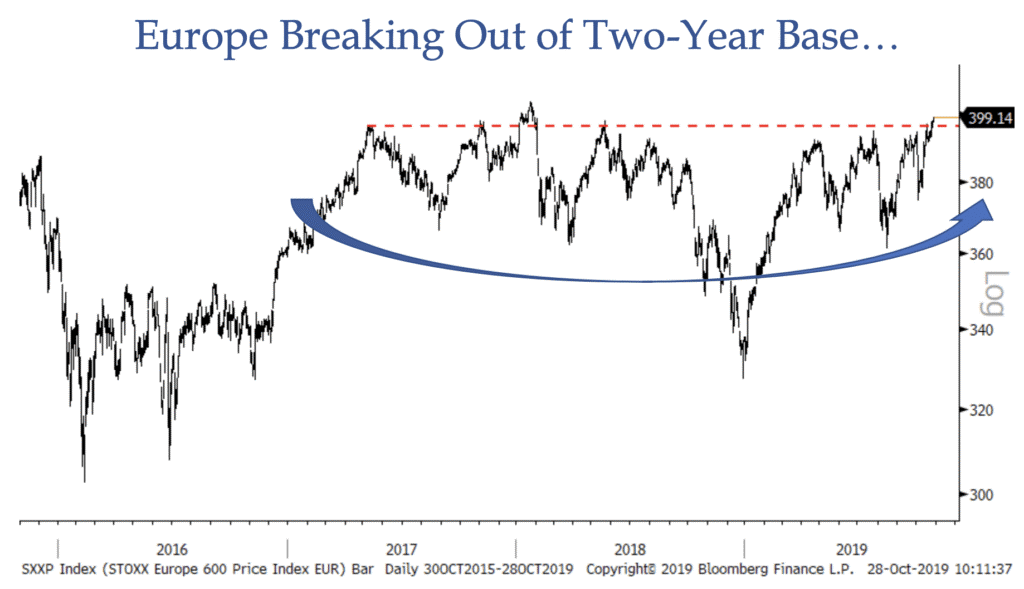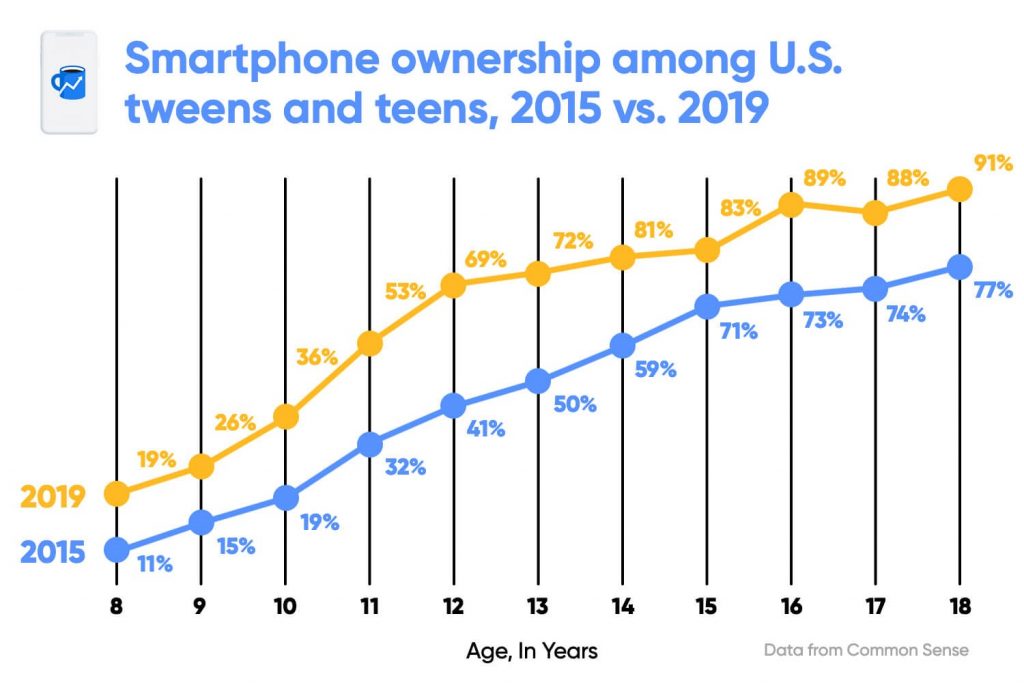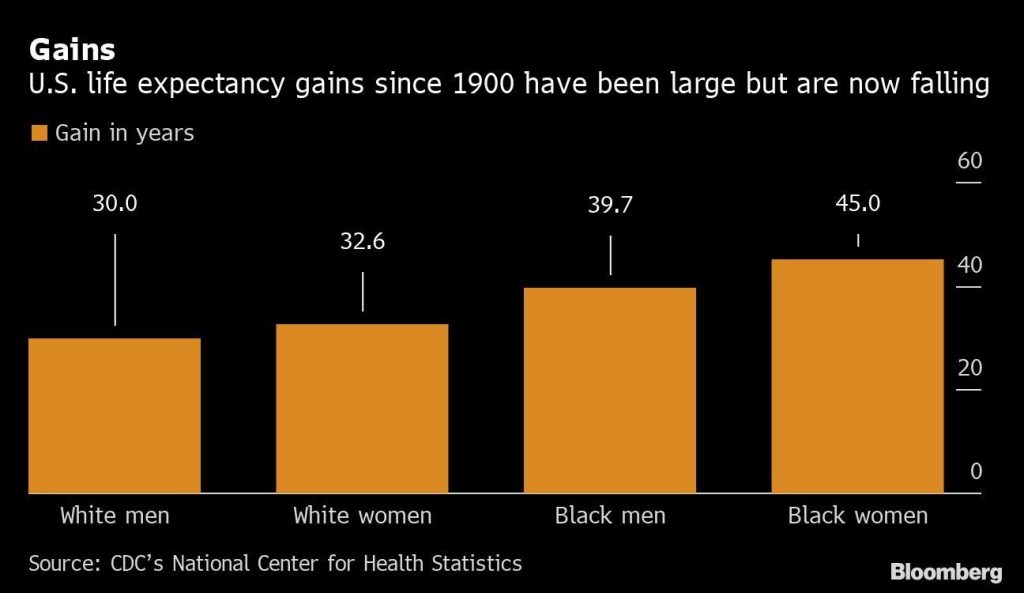1.S&P 500 43% of Revenue is Non-U.S.

www.dorseywright.com Nasdaq Dorsey Wright.
2.ECB Balance Sheet Growth Rise from 2015.
Shortly before the restart of the QE program, the ECB’s balance sheet shrinks again. Total assets fell by €6.2bn to €4,681bn as QE redemptions > QE reinvestments and as bonds from Trichet’s SMP program have matured. ECB balance sheet now equals to 40.5% of EZ GDP vs Fed’s 18.6%

3.Europe Technicals.
From Josh Brown

Next Level 2018 Highs.

4.China Bad Loans Mount.

China’s Biggest Banks Prepare for Hard Times-Bloomberg.
Top banks report quarterly profit growth between 3% and 6%
Chinese economy expanded at slowest pace since early 1990s
https://www.bloomberg.com/markets/fixed-income
5.Leading and Lagging Groups Since the July High
Oct 29, 2019
With the S&P 500 finally taking out its July high on Monday, there has been a lot of movement below the surface in terms of leading and lagging groups. In fact, 18 groups within the S&P 500 are up over 5% since the last high back in July while 13 are down over 5%. In the table below, we list the best and worst-performing groups since the 7/26 closing high. To make the list, each group had to either be up or down 2%.
On the upside, leadership has been spread across a variety of sectors. Leading the way higher, Tech Hardware (think Apple) has rallied over 17% and with an overall weight in the index of nearly 4%, this group has been a key leader of the market. The only other group up over 15% is Household Durables (homebuilders), which has a much smaller weight in the S&P 500. Behind these two groups, another five – Multiline Retail, Construction Materials, Construction & Engineering, Biotech, and Trading Companies – have seen double-digit gains since the late July high. The fact that the seven groups with the strongest gains come from five different sectors suggests that the rally isn’t especially narrow, even if the percentage of stocks hitting new highs has been lacking.
On the downside, Leisure Equipment and Products has been the worst performing group in the S&P 500 with a decline of 21.9%. The weakness in this group, though, is 100% attributable to Hasbro (HAS), which is the only stock in the group (hence its 0.1% weight in the S&P 500). Behind Leisure, Communications Equipment has dropped more than 14% driven by weakness in Cisco (CSCO). Finally, what would a list of losers be without a group from the Energy sector?
What’s most interesting about this list is that even as the market has been essentially flat over the last three months, there’s been a lot of dispersion in performance – not just within the market, but also within sectors. Take the Consumer Discretionary sector, for example. While five of the sector’s groups are on the list of best performers since the 7/26 high, there are also five on the list of biggest losers. Start a two-week free trial to Bespoke Institutional for full access to some of the most sought after research on the street, including our Trend Analyzer tool.

6.U.S. Households Own Less Individual Stocks and More Funds.

From Barry Ritholtz on Twitter
7.Another Look at 3 Fed Cuts.
Wall Street is bracing for what seems almost assuredly to be a third interest rate cut in as many meetings of the Federal Reserve on Wednesday afternoon.
And although there may be some trepidation about policy makers delivering another dose of monetary easing to a stock market that is at or near records, history shows that the market tends to extend its gains after three successive interest-rate cuts of a quarter percentage point, according to data from LPL Financial (see chart below).

Mark DeCambre
Here’s how the stock market tends to perform after the Fed cuts interest rates 3 times in a row
Third time’s a charm for Wall Street, with the S&P 500 surging 10% after three straight interest rates cuts
8.Smartphone Ownership by Teens.
Morning Brew

| TECH We’re About to Rock Your World With Smartphone Stats Francis Scialabba, data from Common Sense About one-fifth of third graders own smartphones, according to a Common Sense survey. By the time tweens graduate to teen, nearly three-quarters have one. We’re just getting started The average tween (ages 8–12) looks at a screen roughly 4.75 hours a day and the average teen, ~7.4 hours. That’s not counting homework/school. You’re probably grumbling…“darned kids on Tick Talk all day.” But social media time has actually stagnated. Gaming (22%), TV/videos (39%), and Morning Brew (254%) account for the bulk of teens’ media consumption. Most of that’s YouTube, which 53% of 8–12 year olds use the most. Ironic, because 13 is technically the platform’s cutoff age. Relative to 2015, time spent watching online videos is up 124% for tweens and 68% for teens. Big picture: Kids are ditching “traditional” TV for streaming services. More Gen Z-ers online should be good news for advertisers and streamers…but tailoring service to young users can also land you in trouble. Just ask YouTube. |
https://www.morningbrew.com/daily/latest
9.State of Health Report Shows Growing Despair Among American Men
Alex Tanzi
BloombergOctober 30, 2019

View photos
(Bloomberg) — Explore what’s moving the global economy in the new season of the Stephanomics podcast. Subscribe via Pocket Cast or iTunes.
Signs of declining health for American men abound in the National Center for Health Statistics latest annual report.
Life expectancy at birth for males declined to 76.1 years in 2017 from 76.5 in 2014, according to the data. At age 65, men are projected to live another 18.1 years compared with 20.6 years for women.
These and other takeaways from the annual report, which tracks the health of the U.S. population across different metrics, have implications for productivity, wages, and the broader economy.
Here are some other highlights from the report released on Oct. 30.
Life Expectancy
Life expectancy has been falling across demographics in America. The estimates for whites, blacks and Hispanics fell to 78.5, 74.9 and 81.8 respectively by 2017, after having peaked in 2012 or 2014 for those groups.
The decline in life expectancy is occurring in part due to deaths from despair. From 2007 to 2017, the mortality rate from drug overdoses increased 82%, to 21.7 deaths from 11.9 per 100,000. Over the same 10-year period, suicide rates increased 24%, to 14.0 deaths from 11.3 per 100,000 resident population.
Males had twice the female drug overdose death rate in 2017 and rates for men have virtually doubled since 2007. The recent increases were especially pronounced among men aged 25–34 and 35–44, the report shows.
While drug overdose rates per 100,000 are considerably lower for females, in recent years younger age groups have seen a marked increase. The drug overdose death rate increased around 17% per year among females aged 15–34 years.
Suicides among Americans have also increased sharply — from 26,869 in 1980 to 47,173 in 2017. In 2017, it was the second leading cause of death, behind accidents, for young age groups — 10–14, 15–19, and 20–24 — and it reached a record high, with younger males in particular strongly impacted.
Poor Health
https://finance.yahoo.com/news/state-health-among-american-men-040100395.html
10.Stuck In a Rut? Here Are 15 Ways to Pull Yourself Out of a Bad Situation.
- Published on October 17, 2019
John Rampton
Entrepreneur
Self-indulgence and pity parties are not suitable for your business. The good news is that there are always options to regain your motivation and passion. Here are 15 of my favorite techniques.
1. Focus only on your main goal.
As an entrepreneur, you have plenty of things to do and a million ideas going through your head. That’s just part of the job. Most of us thrive in this type of environment. At the same time, this can drain both your energy and motivation.
As Leo Babauta correctly writes, “You cannot maintain energy and focus (the two most important things in accomplishing a goal) if you are trying to do two or more goals at once.” The solution? Pick “one goal, for now, and focus on it completely.”
Personally, I would start with your meatiest goal and save the rest for later. If you’re deciding between several different options, zone in on the one that relates to your top priorities and make sure that it’s a SMART goal. Once you choose to focus on that goal, put the goal in writing and develop a realistic action plan with steps to achieve it.
2. Find out how you’re spending your time.
From my experience, if you want to manage your time more effectively, then you need to find out you’re spending your time. You can do so by writing down all of your work and non-work activities for at least a week. Take note of how long each entry takes you to complete so you have a better idea of where your time is going. You can also use time tracking apps to assist you.
What exactly does checking the time have to do with motivation? If you notice that you spend too much time on unproductive activities, like watching TV or browsing your social channels, when do you have time to reach your goal? For example, if you wanted to improve your writing skills because you eventually want to author a book, then wasting your time on TV won’t motivate you to reach this goal.
Instead, you can reduce the amount of TV you watch and spend that time on things that will motivate you. Write, read, talk to other writers or create a more optimal workspace.
3. Come on, get happy.
“Motivation happens when your dopamine spikes, because you anticipate something important, is about to happen,” says Kevan Lee, VP of Marketing at Buffer. The good news is that the “brain can be trained to feed off of bursts of dopamine sparked by rewarding experiences,” such as setting incremental goals.
You can also hack your brain to get dopamine following by:
- Recording small accomplishments.
- Sharing results with others like your team or family.
- Establishing micro-deadlines to keep you on track.
- Eating foods like yogurt, almonds, fruits and vegetables, eggs, and salmon.
- Taking a 10-minute nap.
- Making the right brain/left brain switch.
- Moving, even if it’s just a short walk, midday.
4. Strike a pose.
As Amy Cuddy, a professor at the Harvard School of Business, explained during a TED Talk in 2012, body language can shape who we are. For example, when we’re in a low-power pose, such as slouching or bunching up, we feel powerless. On the flip side, a high-power pose like stretching out and making a V with your arms does the opposite.
The reason is that the pose increases testosterone, which boosts confidence. It also lowers cortisol, which is associated with stress. So, the next time you need a shot in the arm, strike a power pose. Of course, if you don’t want to feel embarrassed, do this when you’re alone.
5. Develop a pre-game routine.
James Clear, who played baseball for 17 years, developed a pre-game routine “that allowed me to perform well, regardless of whether I was motivated or not.”
Here’s what his pre-game routine looked like:
Grab a baseball and my glove. Jog out to the outfield foul pole. Jog across along the outfield wall. Stop at the opposite foul pole. Stretch hips and hamstrings. Jog back along the outfield wall. Toss lightly, working back to 75 feet or so. Head to the bullpen. Stand one step behind the mound and toss three or four times from there to the catcher. Step up onto the mound. Toss a few pitches without going into the full windup. Start throwing from the windup for 10 pitches or so. Throw from the stretch for 10 pitches or so. Finish with one of each pitch (change up, curveball, fastball in, fastball out). Walk to the dugout.
This routine took no more than 25 minutes. Besides getting him physically warmed up, it also got him in “the correct mental state to compete at a high level.” You can use a similar technique as well whenever you need to get motivated. The first step is to make sure that the routine is incredibly easy to start so that there are no excuses.
If you are headed into a workout, fill-up your water bottle before you start. The next step is to make sure that the routine pushes you closer to a goal. And, the third step is to stick with the same pattern every time you need the motivation quickly. Don’t delay when you feel yourself slipping.
What can you do for yourself to put yourself back in the motivation-mood? What has helped you before? If you are struggling, make a list of what has helped you before and keep it with you. What will you take and form as part of a personal-pick-me-up-routine when you feel low? Never let a slump stick and remember that it’s easier to stay up than to pick yourself up.
6. Set the bar low.
When you feel so unmotivated that you’re anxious or overwhelmed, don’t allow yourself to become paralyzed. Sometimes, setting small and specific goals can get you out of your little funk. Instead of focusing on your book, write a sentence, and then another. If that’s all you do, then it’s enough. Small is better than nothing.
But, you may be surprised that just jotting down a couple of words encourages you to keep on writing.
7. Overcome your fear(s).
You may try to put on a strong facade, but we all have fears. Sometimes personal dismay is so severe that it can stun our motivation. So, how can you overcome your fears? First, you need to identify your concern and give it a name. A name is beneficial to get whatever is bothering you out in the open. Next, question this fear. You may notice that it’s ridiculous or something that can be easily conquered.
Most importantly, take a small risk to squash it. For instance, if you’re afraid of your business failing, don’t overreact by quitting your job and investing all of your savings into your new venture. Work on your new venture on the side to see if it’s profitable; then, you can take that more significant leap. If not, then at least you didn’t lose everything. Always take a close look when you are feeling uncomfortable.
8. Reward yourself.
As written in The 100 Simple Secrets of Successful People, “Researchers find that perceived self-interest, the rewards one believes are at stake, is the most significant factor in predicting dedication and satisfaction toward work. It accounts for about 75 percent of personal motivation toward accomplishment.” So, go ahead and treat yourself whenever you cross something off your to-do-list or reached a milestone. Eventually, these small wins lead to a winning streak where we want to re-experience how great it felt to succeed.
9. Practice positive self-talk.
“Positive self-talk is a surefire way to boost your confidence levels quickly,” writes Rose Leadem in an article for Calendar. “However, how you positively self-talk matters too.”
According to one study, “people who talk to themselves positively in the second person (using ‘you’) reported higher levels of motivation and confidence than people who spoke to themselves in the first person (‘I’).” Researchers believe that “this is because addressing yourself in the second person, makes it feel like you are receiving external appreciation and confirmation.”
10. The fresh start effect.
According to “the fresh-start effect,” people are more likely to take action toward a goal after temporal landmarks that represent new beginnings. Psychologists believe this works because these special occasions or temporal landmarks force us to reflect on the big picture. As a result, it inspires us to take action — specifically set goals and change our behavior.
The thing is, you don’t have to wait until January 1 for a fresh start. You can have a new beginning at any time, any day, and any minute. For example, if you want to write more, then you could compose a note explaining why you want to write more and the baby step, you need to take to make this a reality.
11. Have someone hold you accountable.
At the end of the day, you need to be accountable for your own actions. But sometimes, you can use a little nudge to regain your motivation. For example, I used to go to the gym with a friend. As our schedules changed, we could no longer exercise at the same time. Without someone to push me, I stopped going. Now, I have a new partner in crime.
Whenever I don’t feel like it, he encourages me to get off my butt and get to the gym. I also return the favor when he’s not motivated. If you don’t have that person, keep looking for someone to help you with your goals. Sometimes getting to the gym is where you will find someone to be a workout partner. Ask individuals at work or other groups you are involved with, but don’t stop reaching out.
12. Focus on positive outcomes.
As opposed to obsessing about what may go wrong or how hard it is to complete a goal, write down at least three positive outcomes of achieving your goal. It may sound simple, but it’s an excellent way for you to focus on what you enjoy doing and how it will be beneficial in the end.
13. Tap into your bigger purpose.
When you look at the bigger picture, something amazing happens. You realize that whatever you’re working on is more important than you. Take your business as an example. It’s helping your community by providing jobs, as well as solving a pain point for customers. If you’re giving back, it may even make the world just a slightly better place. We all have to make sense of the bigger picture and our bigger purpose
14. Get some more green into your life.
Various colors impact our psychology. For example, red is associated with passion, strength and danger. Blue sends off authentic and peaceful vibes. But, if you want to spark creativity, motivation, and energy, surround yourself with the color green.
I wouldn’t recommend painting the walls of your office green. But, you could go outside and walk in a nearby park when you’re in a slump. Researchers believe this is because it makes us think of growth. Think plants and surround yourself with many live and growing things at home and in the office. Hanging photos of outdoor beauty can make a big difference, as well.
15. Find inspiration daily.
No matter how intrinsically motivated you are, there will be times when you need some outside help. Support can be through quotes, books, TED Talks, or advice from a trusted and supportive friend. Sometimes benefit and comfort will come from getting out of your comfort zone and having new experiences. Often, merely changing your environment will change the outcome of emotions you’d rather not (or can’t) deal with right now.
Make it a point to seek out inspiration every day. Not only will daily efforts keep you motivated, but daily power-intention will also help you learn and grow as a person.
John Rampton is an entrepreneur, investor, and startup enthusiast. He is a founder of the calendar productivity tool Calendar. You can sign up for early access to Calendar here!
This article originally appeared on Entrepreneur.